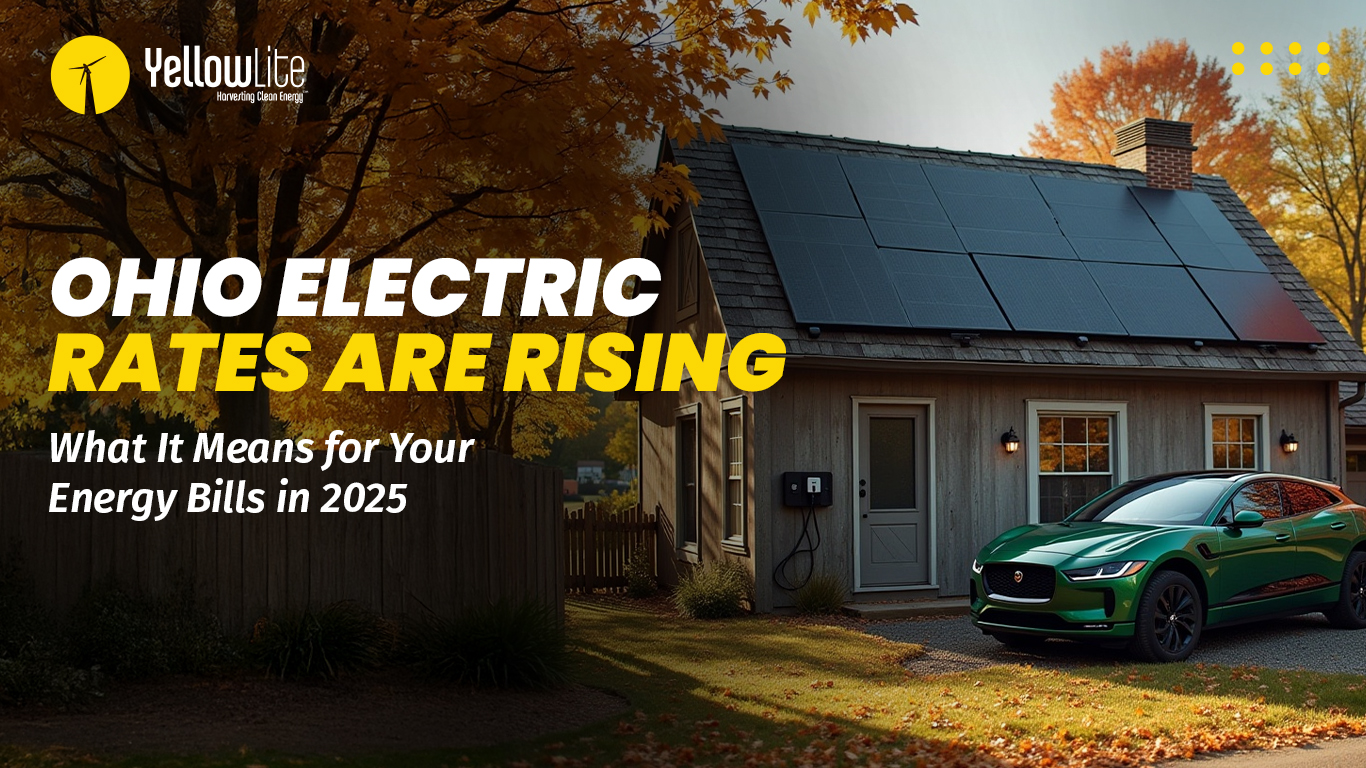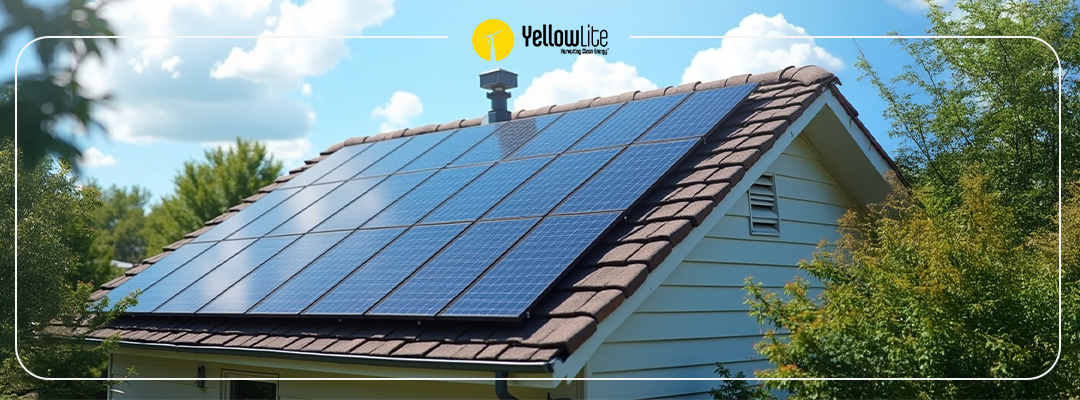If we see the statistics, of the last decade alone, the annual growth rate of solar energy has spiked up to 49%. Thankfully, solar energy has started gaining acceptance and people have started realizing the benefits of harnessing solar energy. Apart from residential and commercial solar panels, a new goldmine in the solar industry is emerging - Solar Farms.
What Are Solar Farms?
Solar farms are usually located in rural areas or in suburbs of metropolitan cities, where large-scale fields are available. Solar farms are basically a large collection of solar panels ground-mounted on vast farmlands. These solar farms are mostly government-owned or community-owned projects because of their sheer volume and huge initial investment. The purpose of solar farms is to generate enough electricity to support a local community, society, village, or contribute to the national grid.
Are Solar Farms Really A Goldmine?
Previously, farmers used to look for crops that would yield high returns with minimum risks. The goldmine crop of today is the solar farms. All around the country governments, private enterprises, and communities have formed their solar farms to curb the ever-increasing demand for electricity. Usually, these farms are located where the land is barren and receives plenty of sunshine. The mere concept of solar farms has changed the landscape and showed the world that hundreds of megawatts of electricity can be produced from solar panels. Although the initial investment amount is huge, and only viable if a whole community or government contributes to it. However, the yields of this investment are also big and constant. There is literally no downside of investing in a solar farm because it is a solid investment with constant ROI.
Mostly, the solar farms are leased or rented for at least 30 to 50 years, meaning the farm owner will have a constant passive income with free electricity for decades. The investors will have their investment returned in 8 -10 years. The awesome thing about investing in solar farms is that all the parts and equipment are warranted for over 20 - 25 years, ensuring a solid investment with continuous and steady return for the years to come. It’s a win-win situation for everyone.
Types of Solar Farms
Solar farms can be grouped into two types.
- Utility-Scale Solar Farms
- Community-Scale Solar Farms
Utility-Scale Solar Farms
All types of solar panel installations are to some extent utility-scale projects because they are connected to the grid and provide excess solar-powered electricity to the utility company. A solar energy project which is not connected to the grid and operates on its own is truly not a utility-scale project.
However, for our purpose and discussion on this topic, we will explain what is meant by utility-scale solar farms. These are massive areas of land, where solar panels are installed and stretch beyond the horizon. Such projects consist of thousands of solar panels absorbing energy from the sun and producing hundreds of megawatts of electricity. With the help of heavy powerlines, the electricity generated is transported to the nearest utility grid station to contribute to the national grid.
These utility-scale projects are owned and controlled by respective State governments. These farms are the result of the constant struggle of activists for the promotion of renewable energy. Now governments are realizing the huge potential in solar farming and how it can help humans reduce their carbon footprint.
Community-Scale Solar Farms
Community solar farms are small-scale solar energy production areas, capable of generating around 5 megawatts of electricity. These solar farms are privately owned by communities, neighborhoods, or businesses. The power is shared among the participants of the program. Depending on the number of participants and the type of contract, the residents will get a reduction in their electricity bills according to the amount they contributed to the project.
Community solar farms are not necessarily located in the rural farmland only, these can be installed in an open area of the neighborhood. Although local regulations must be abided by, the potential in community solar farms is very bright. Plus, a community solar farm is used to power the homes within a close range. In case of a power outage, the community solar farm will keep powering its participants’ homes.



